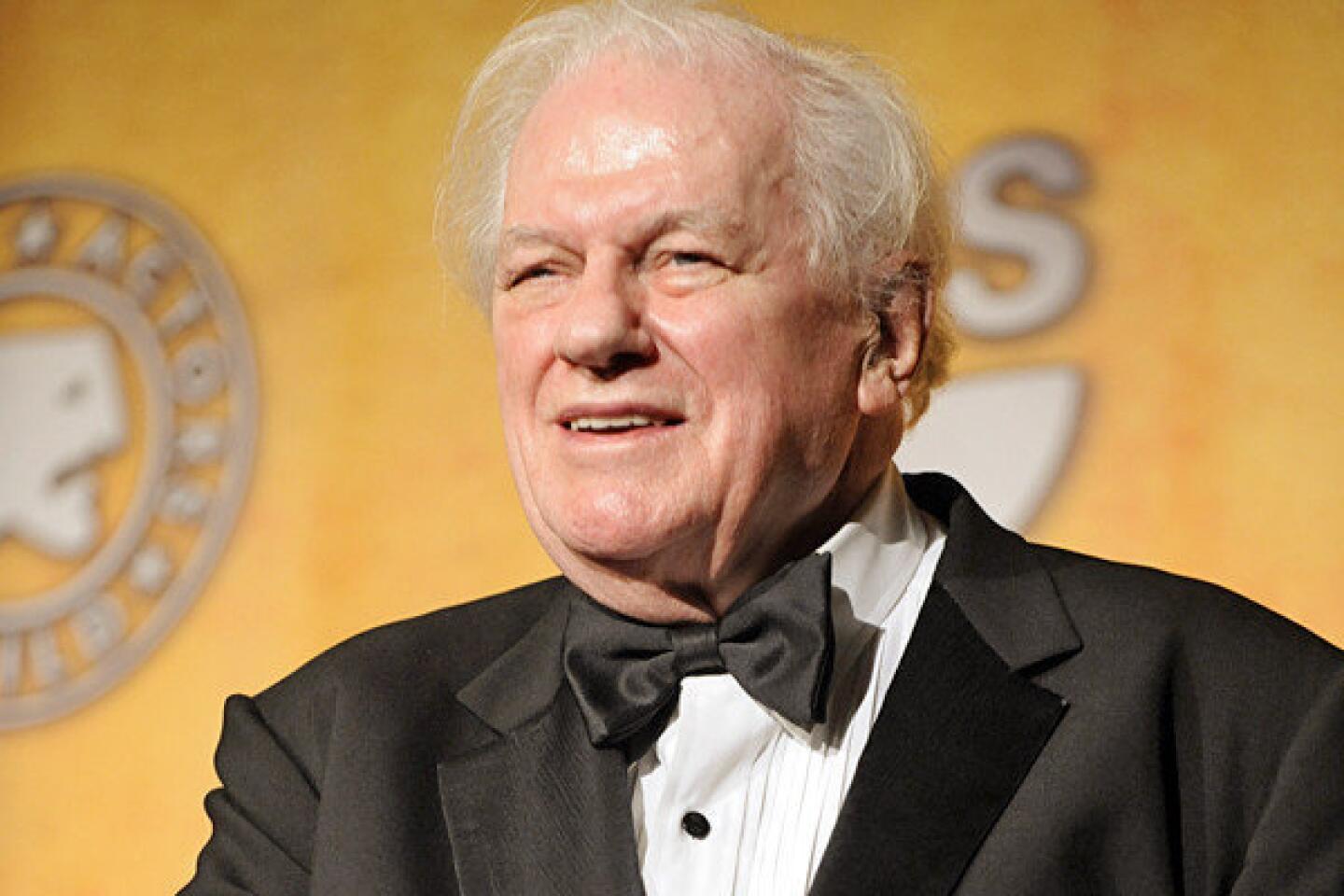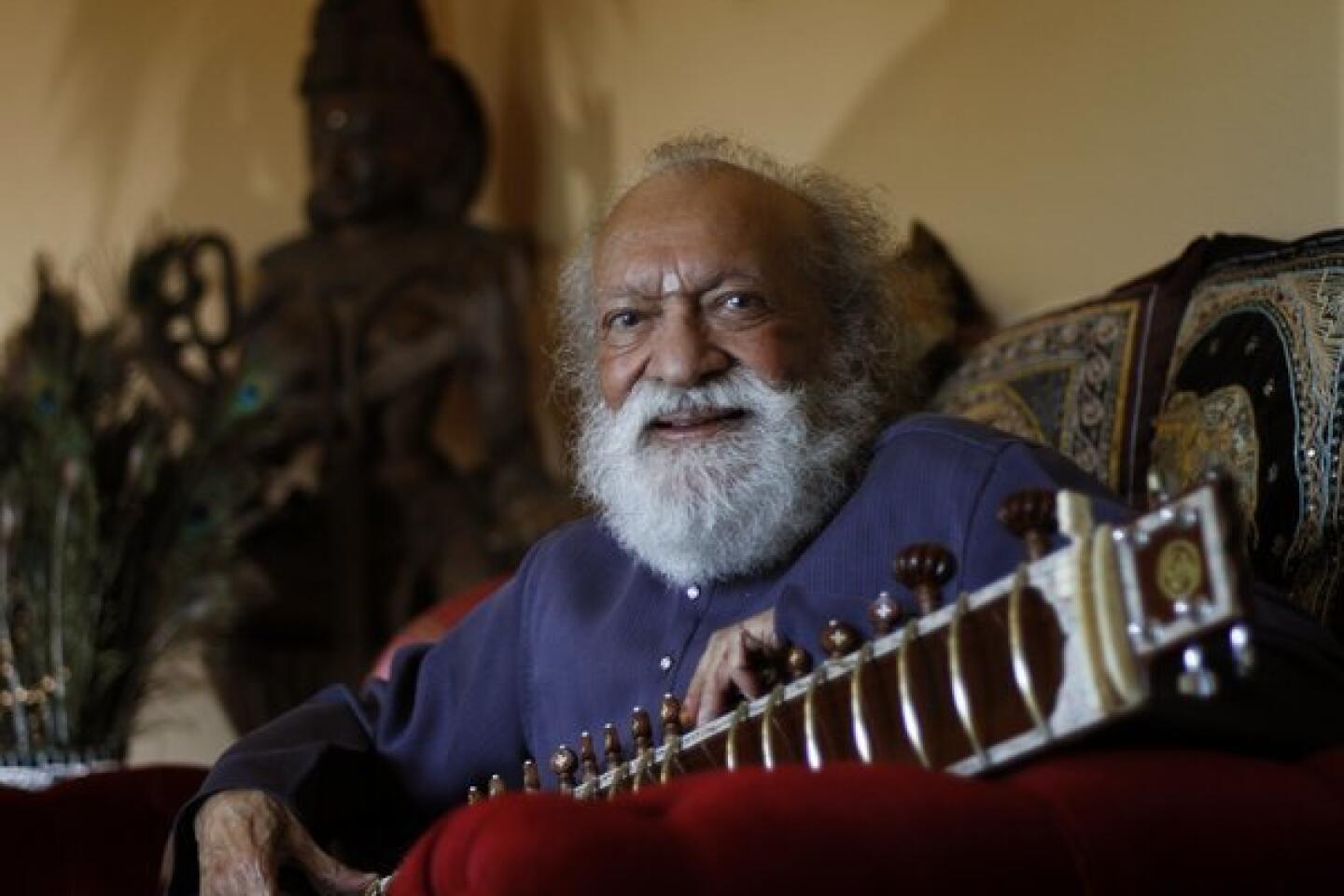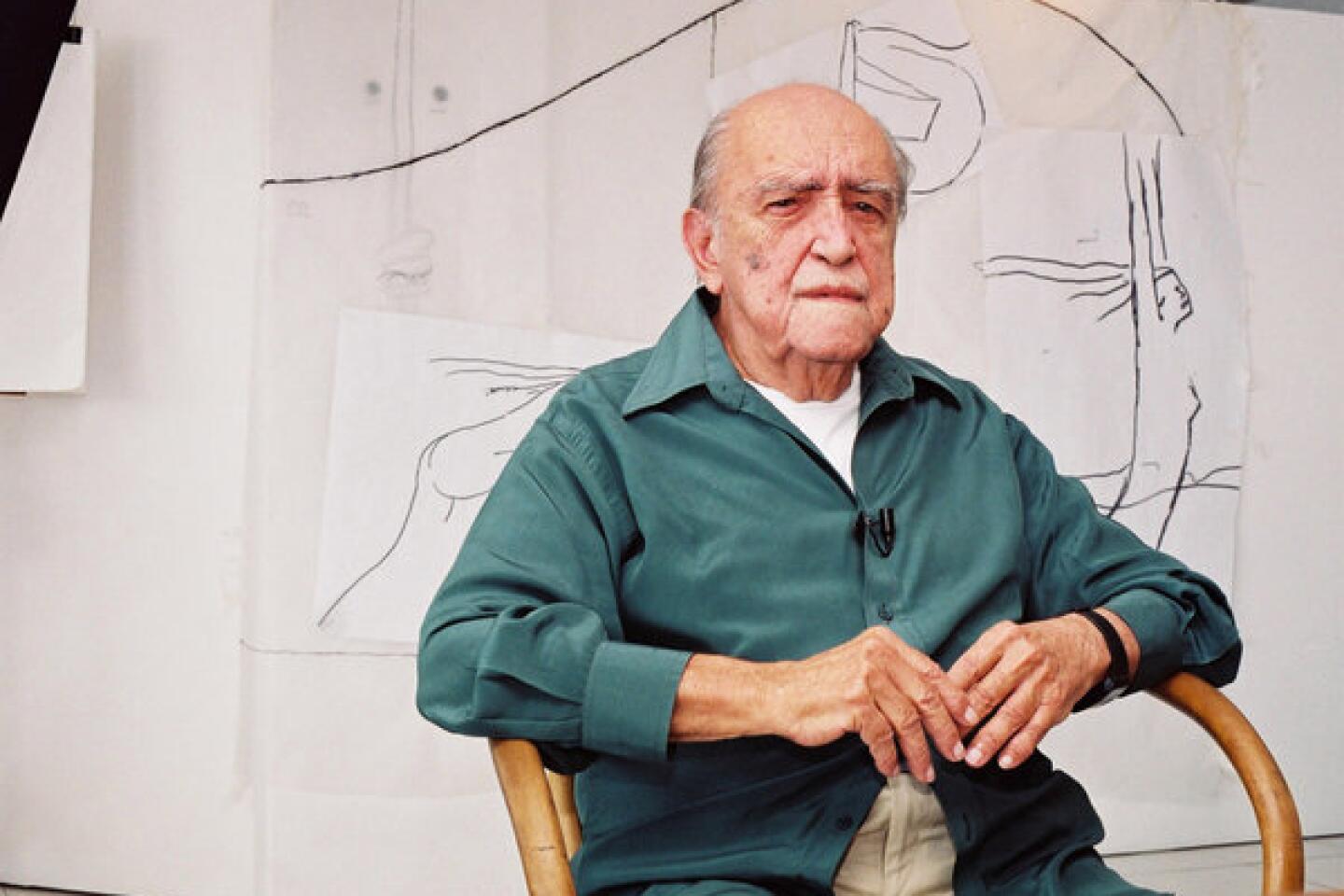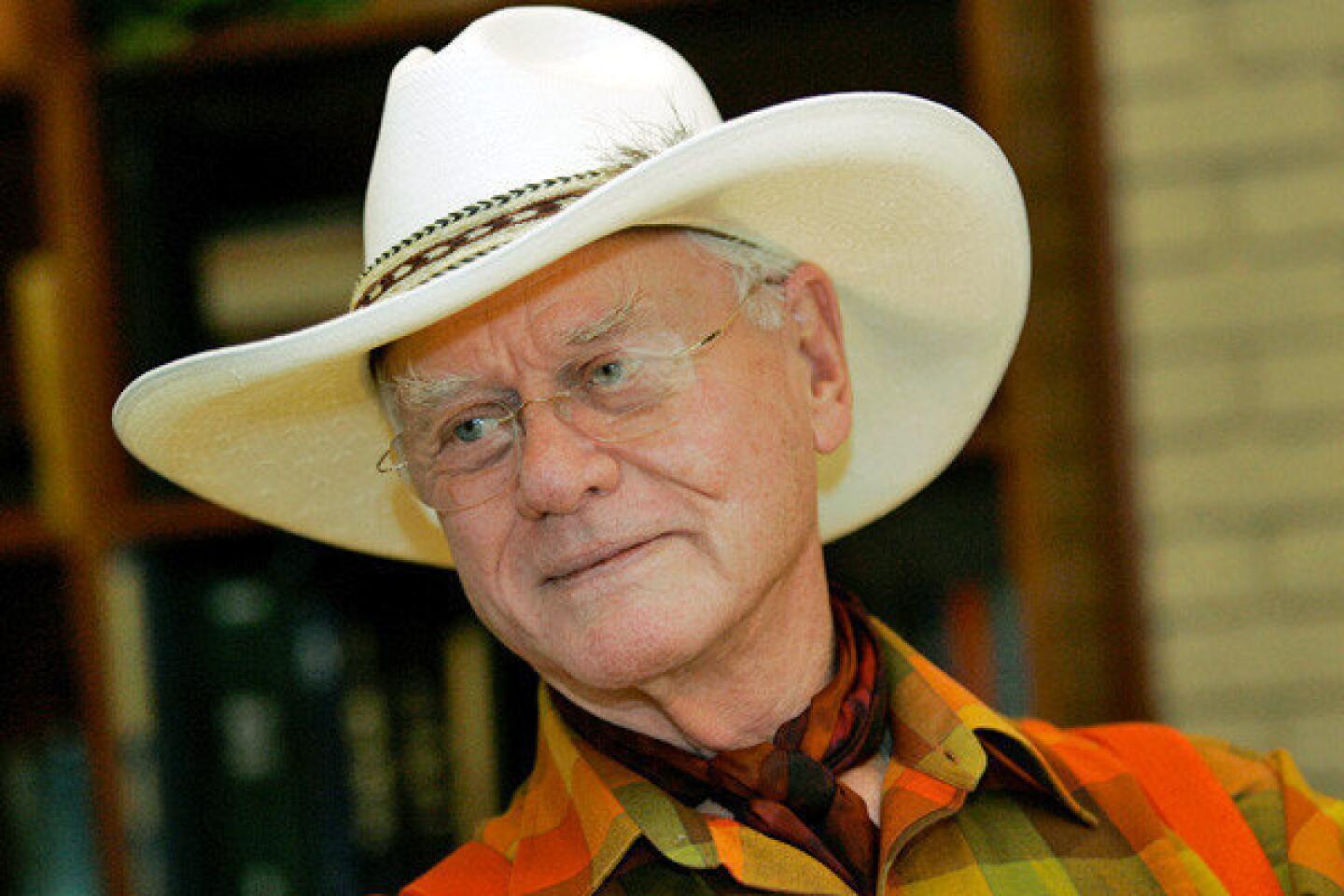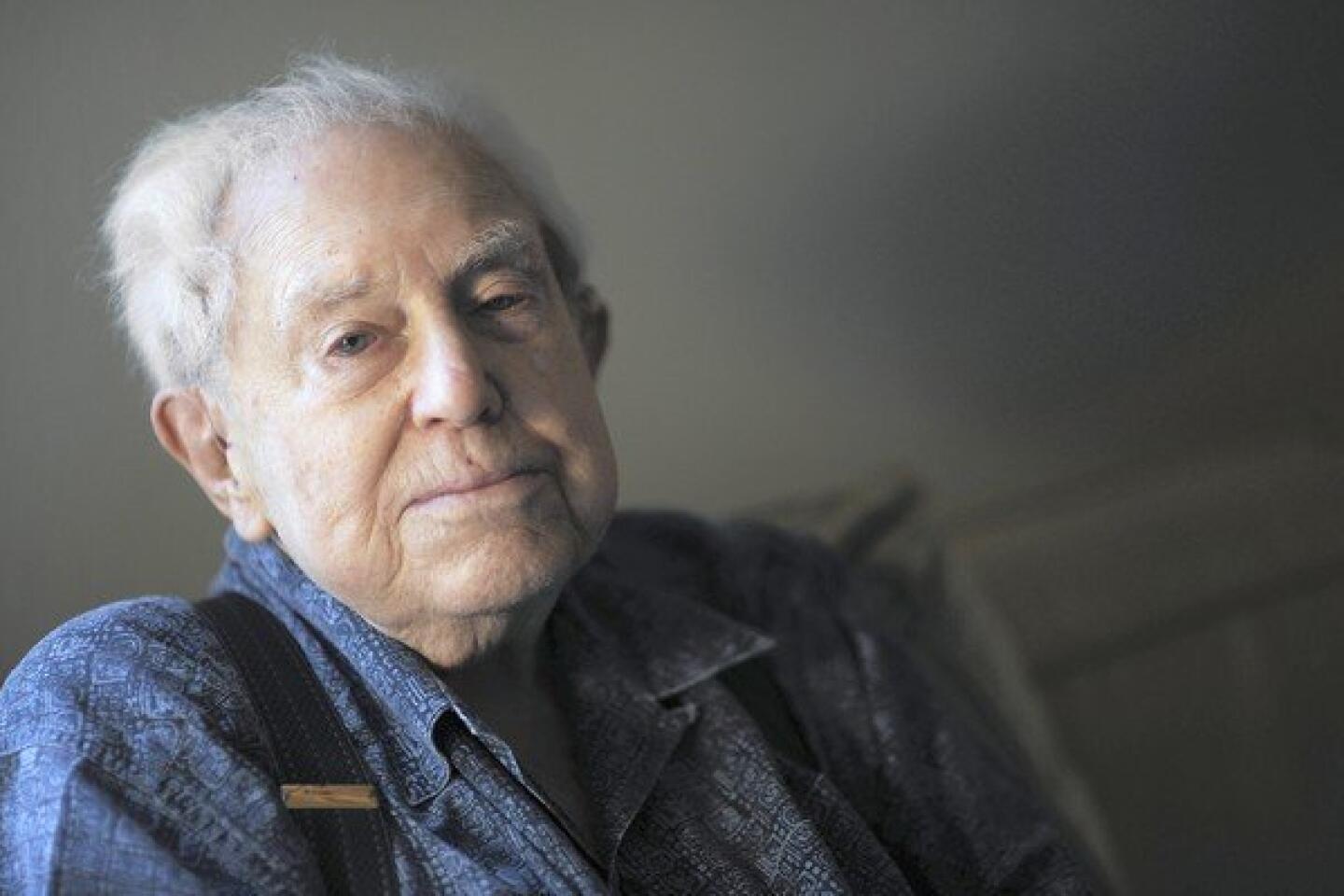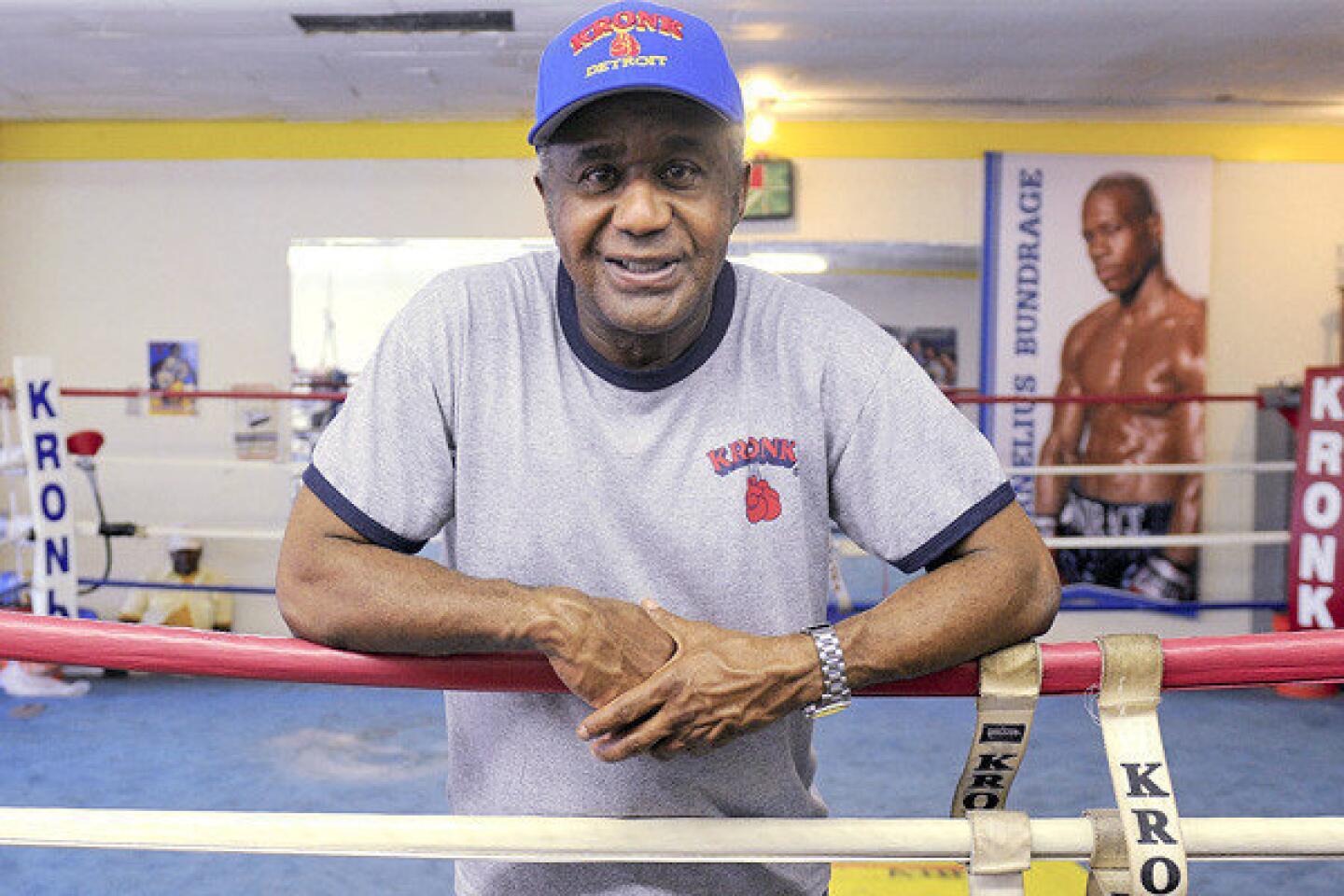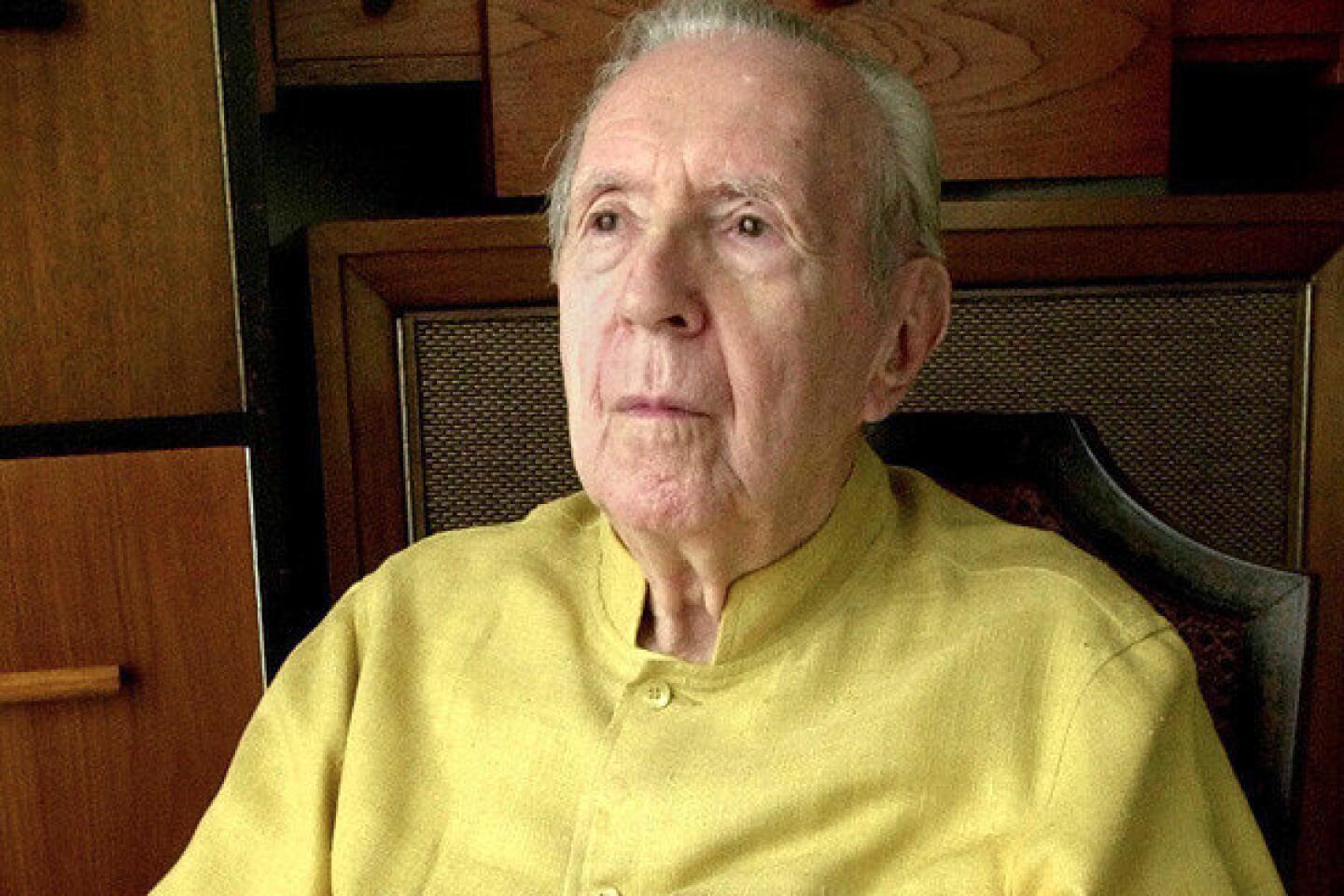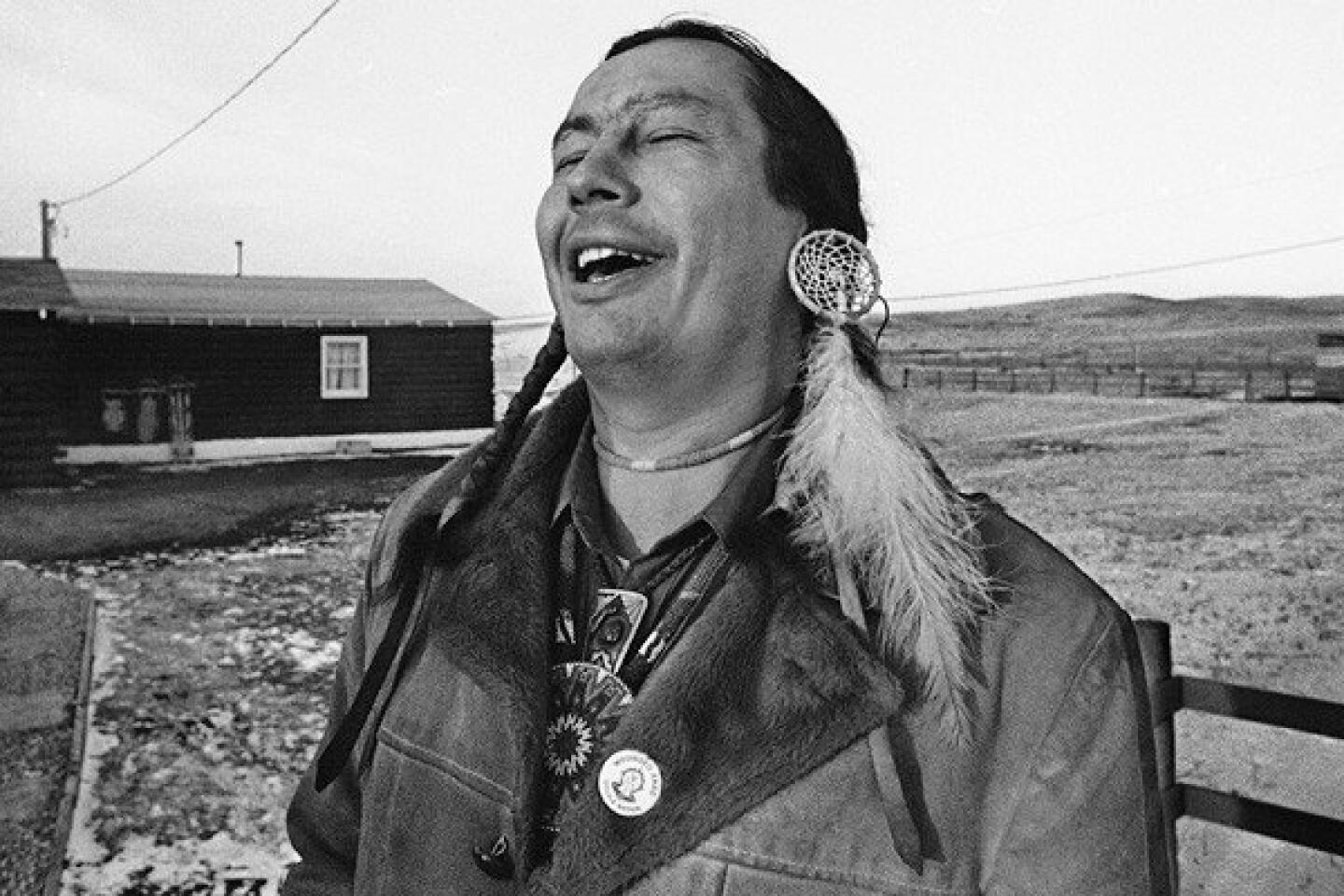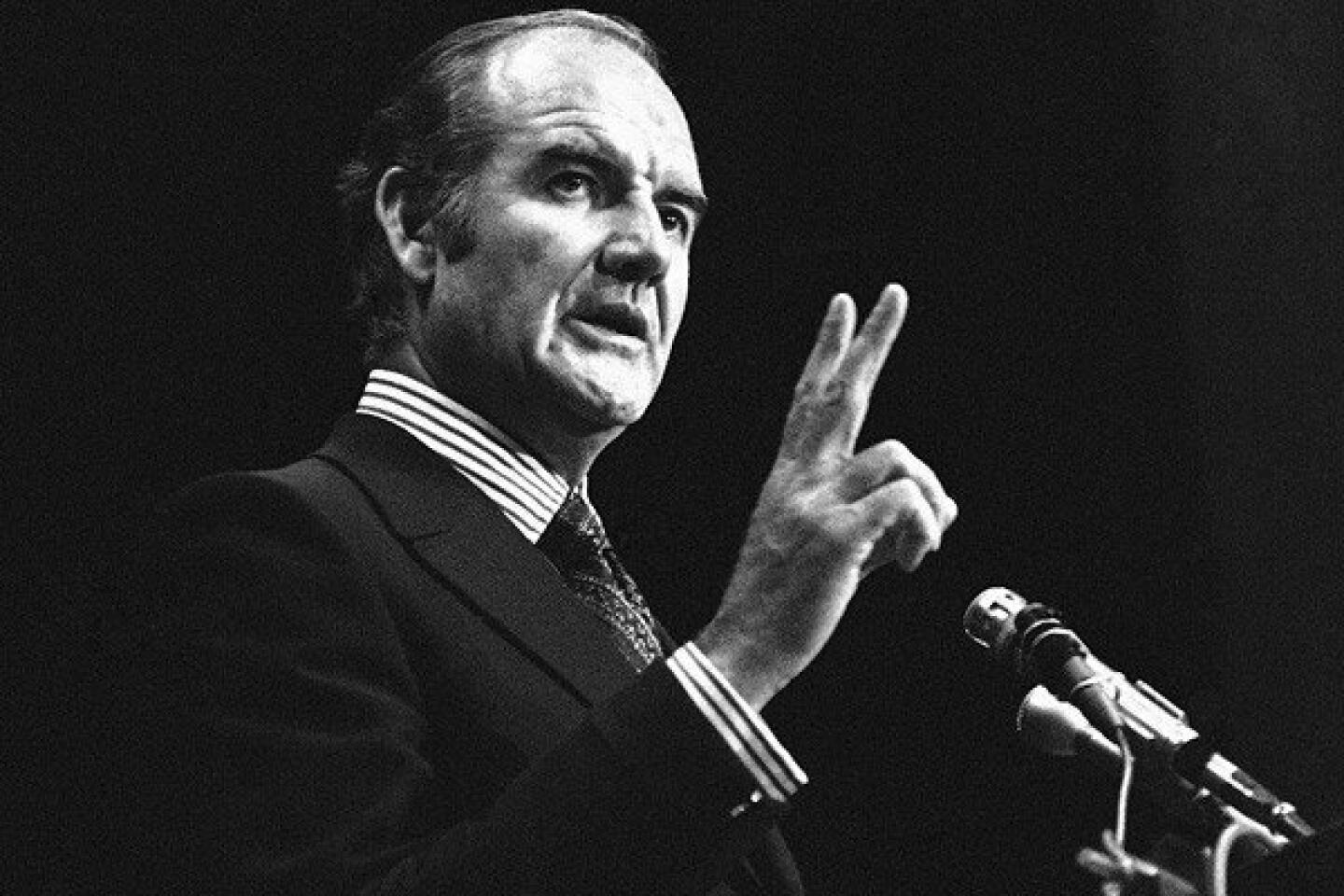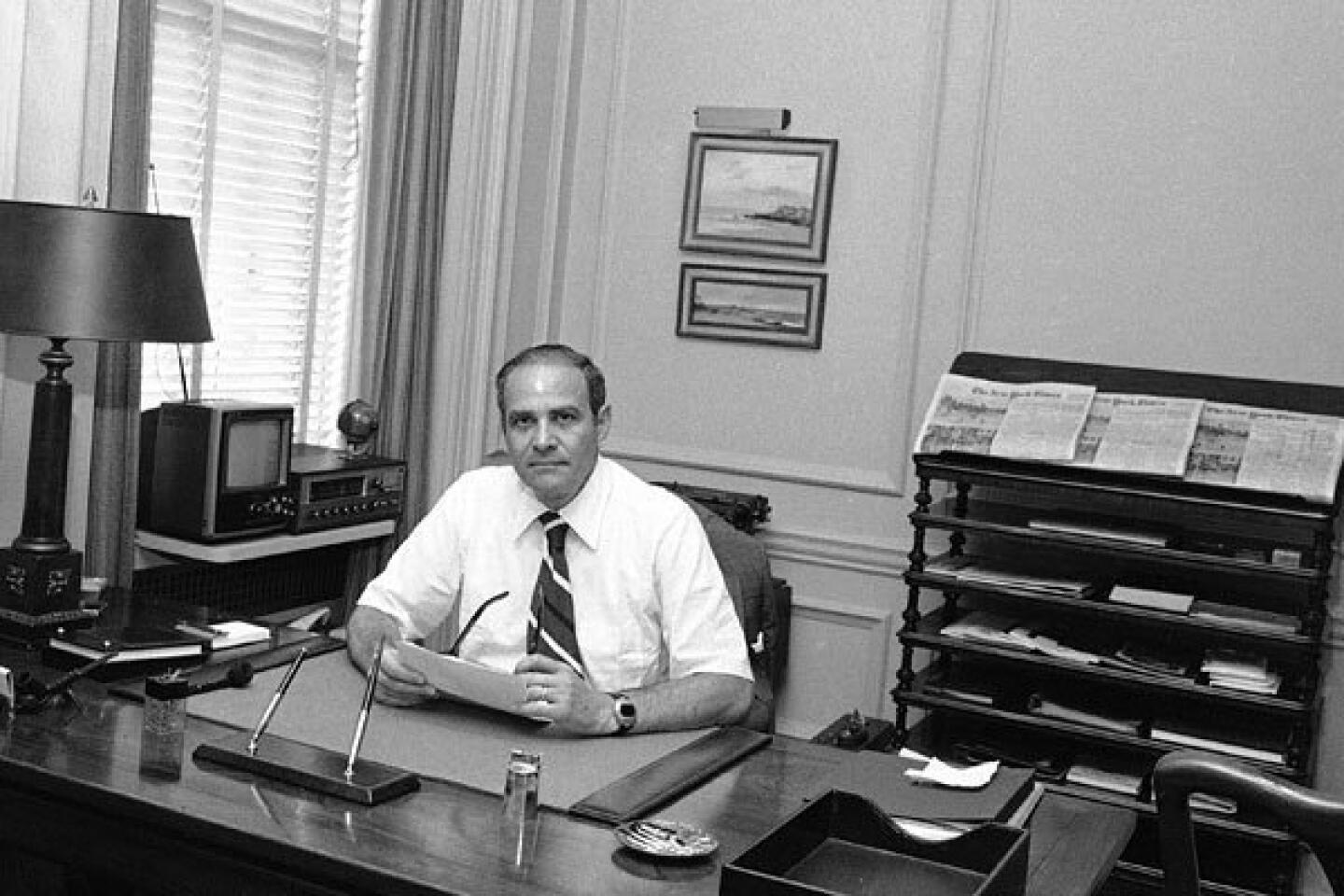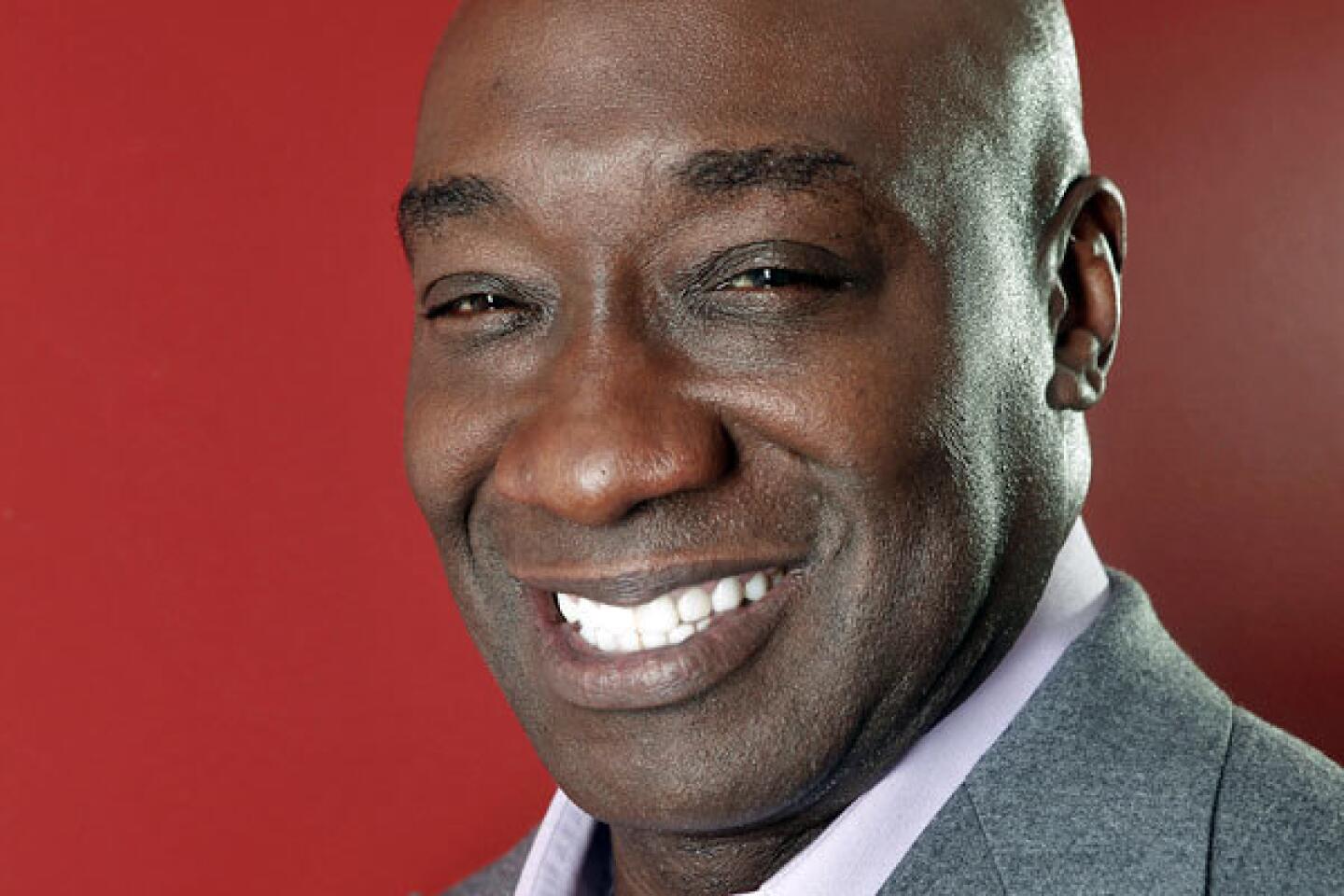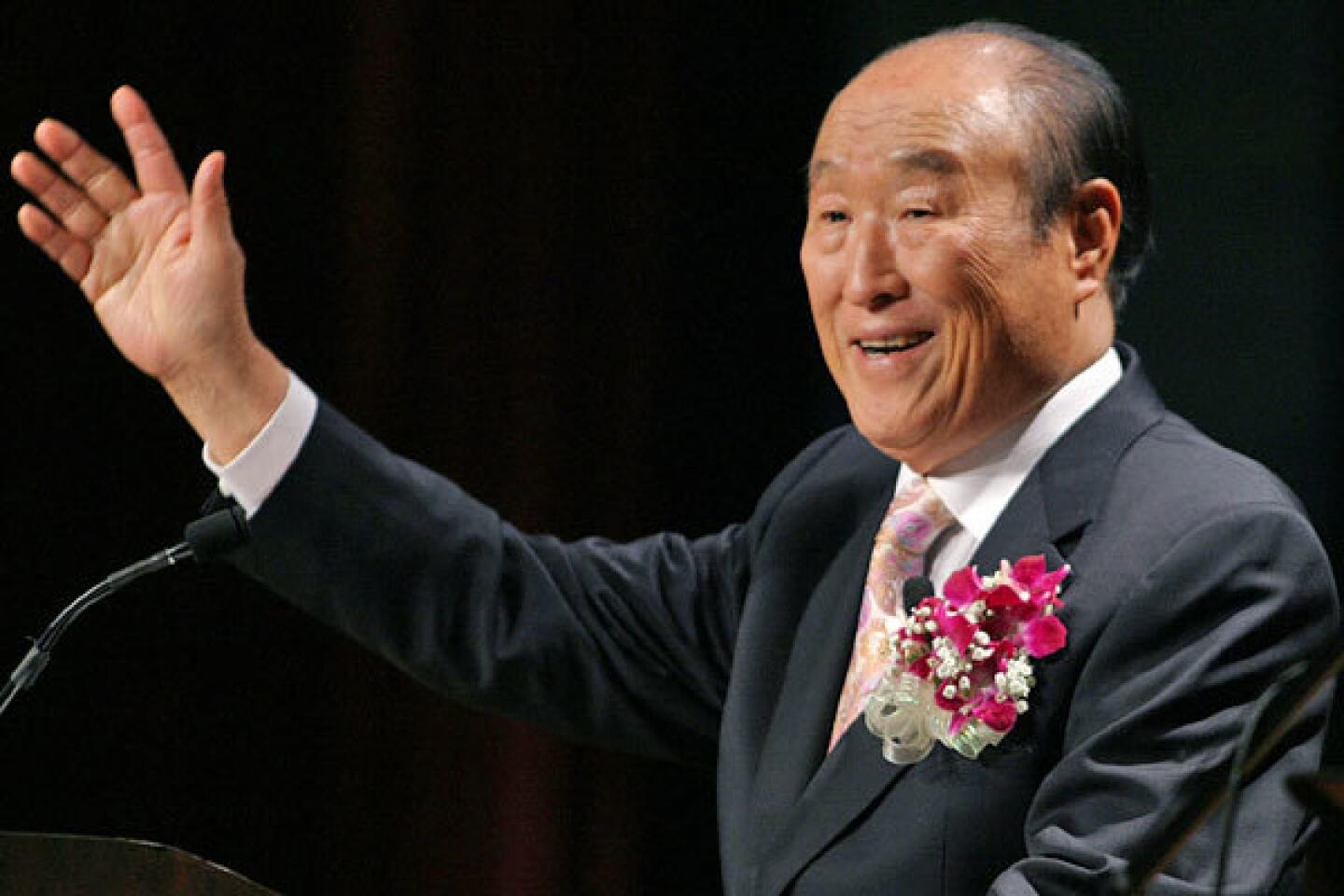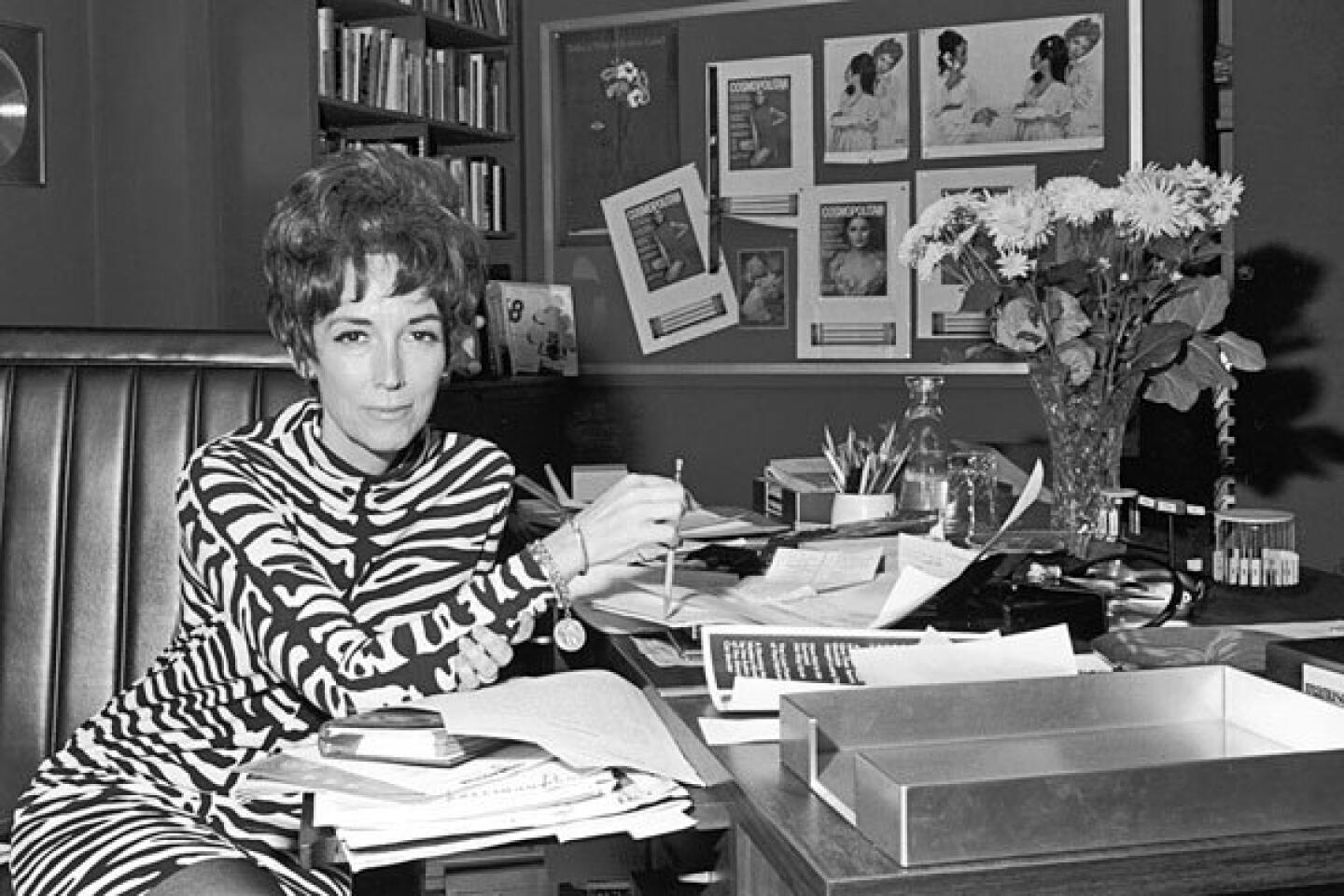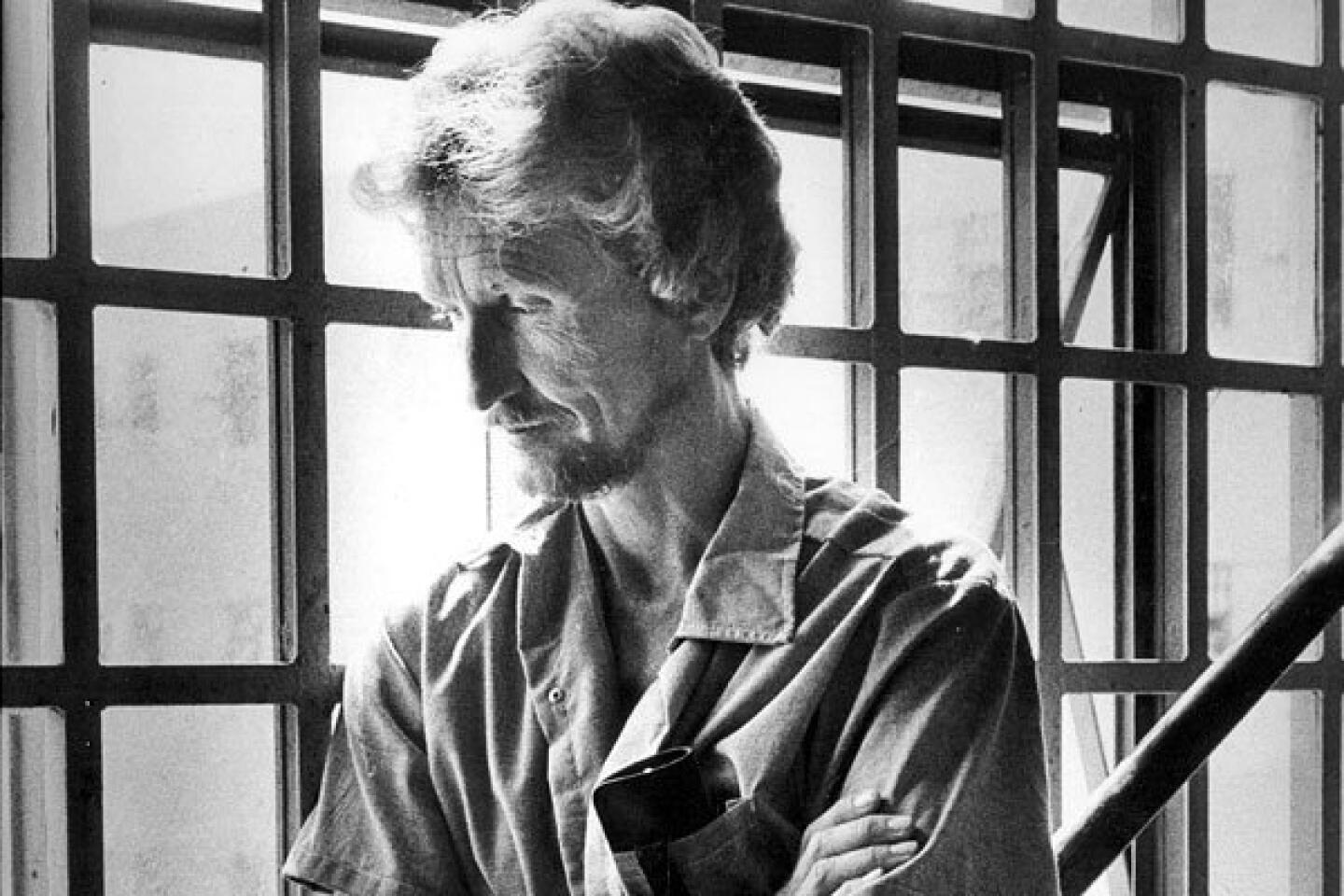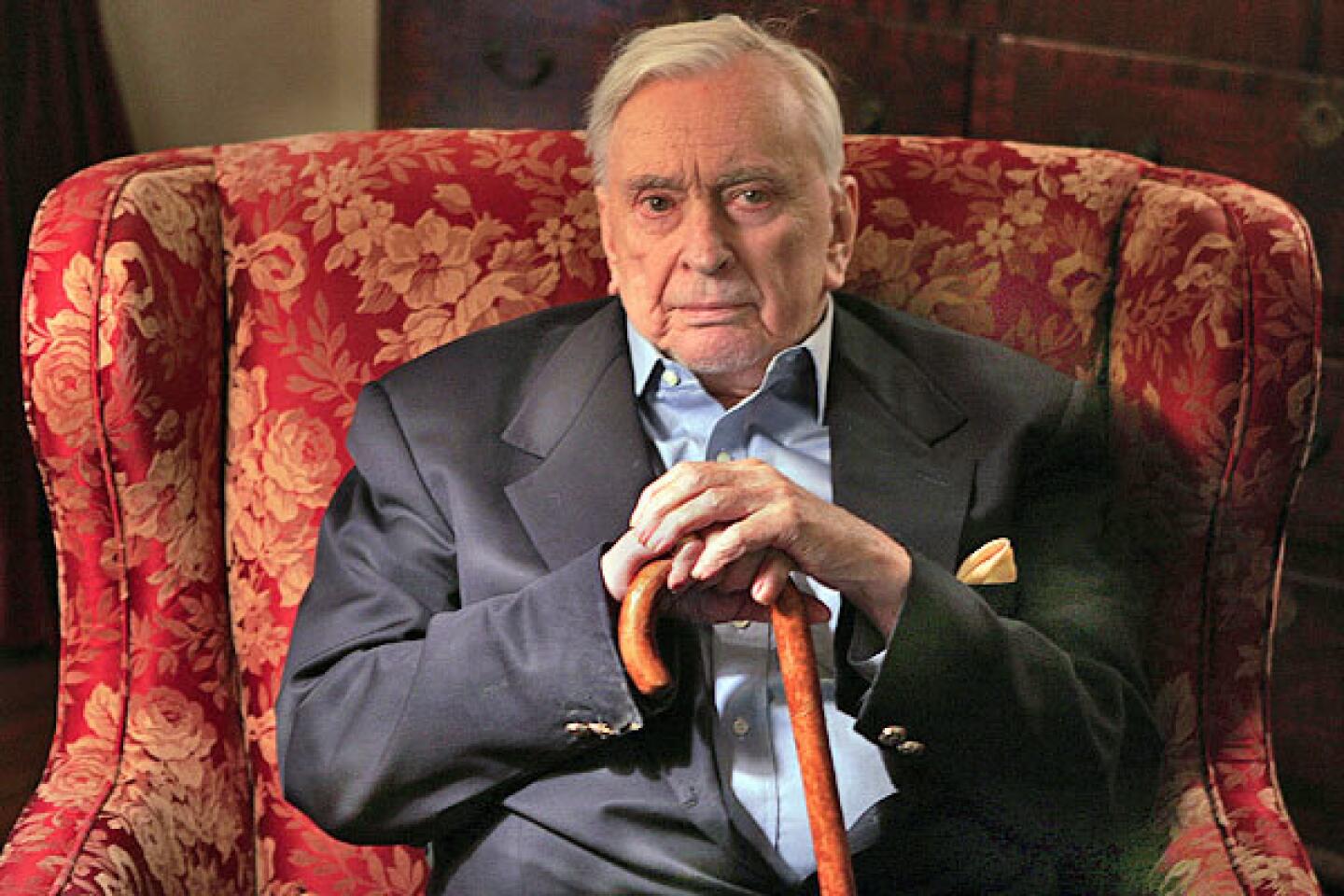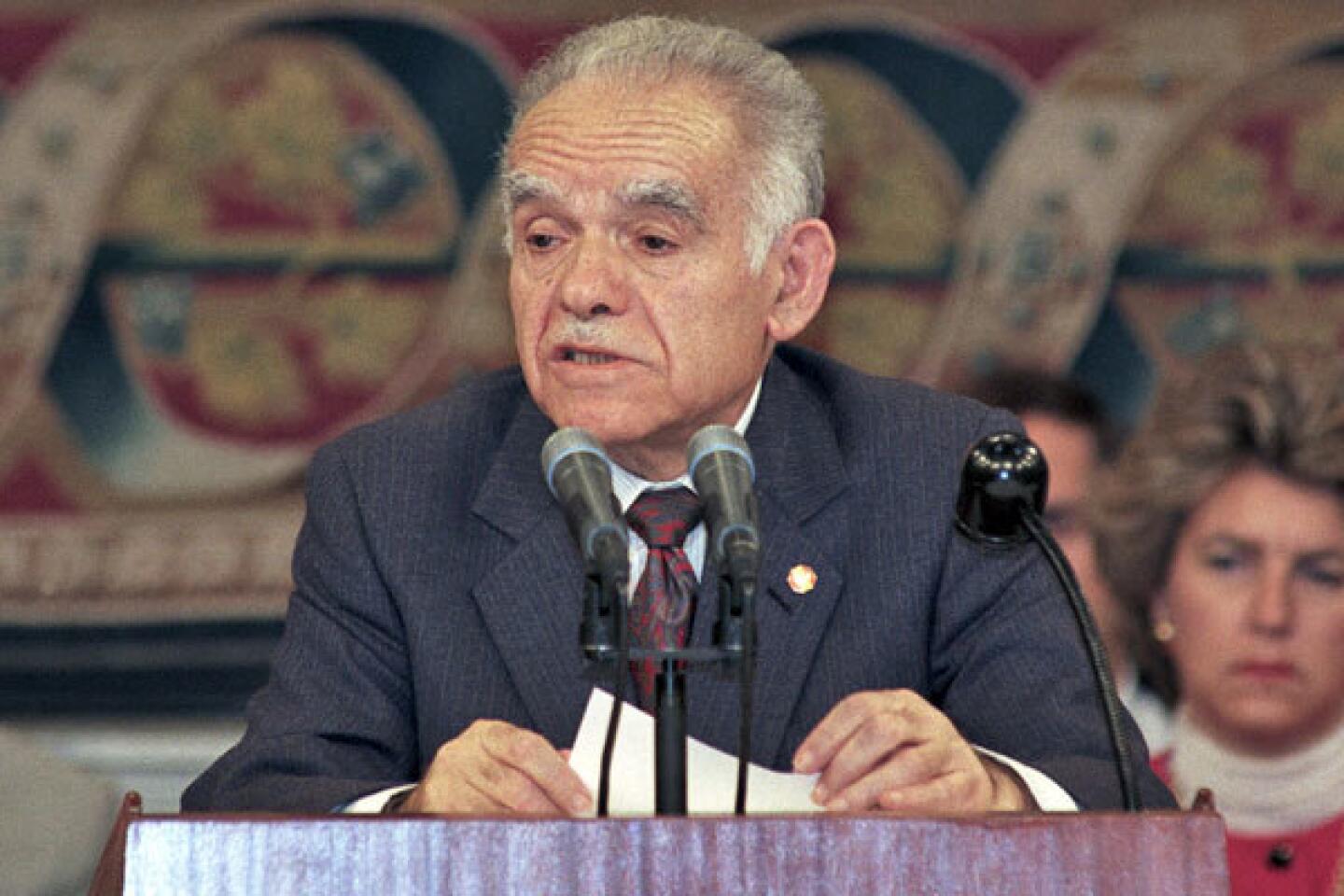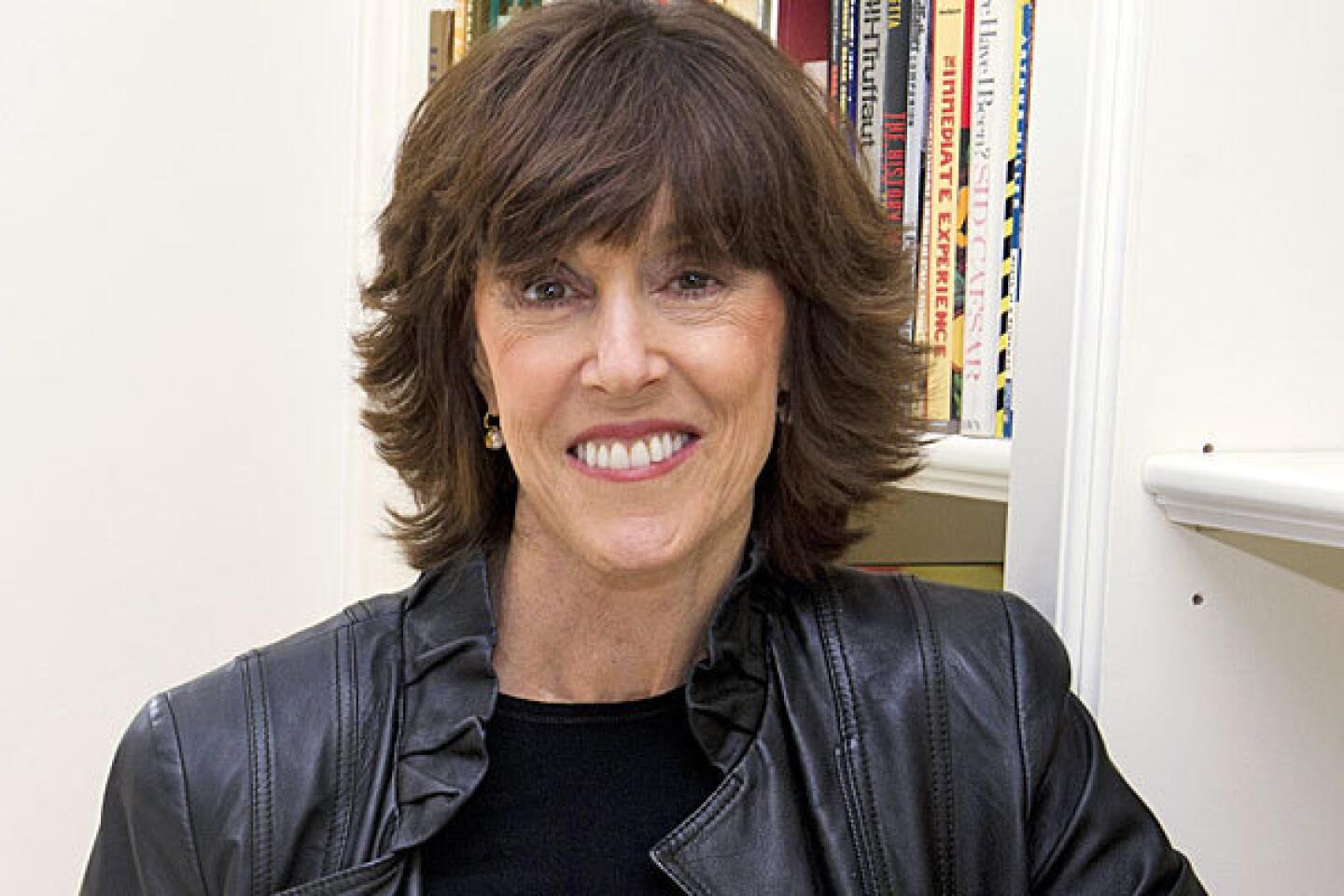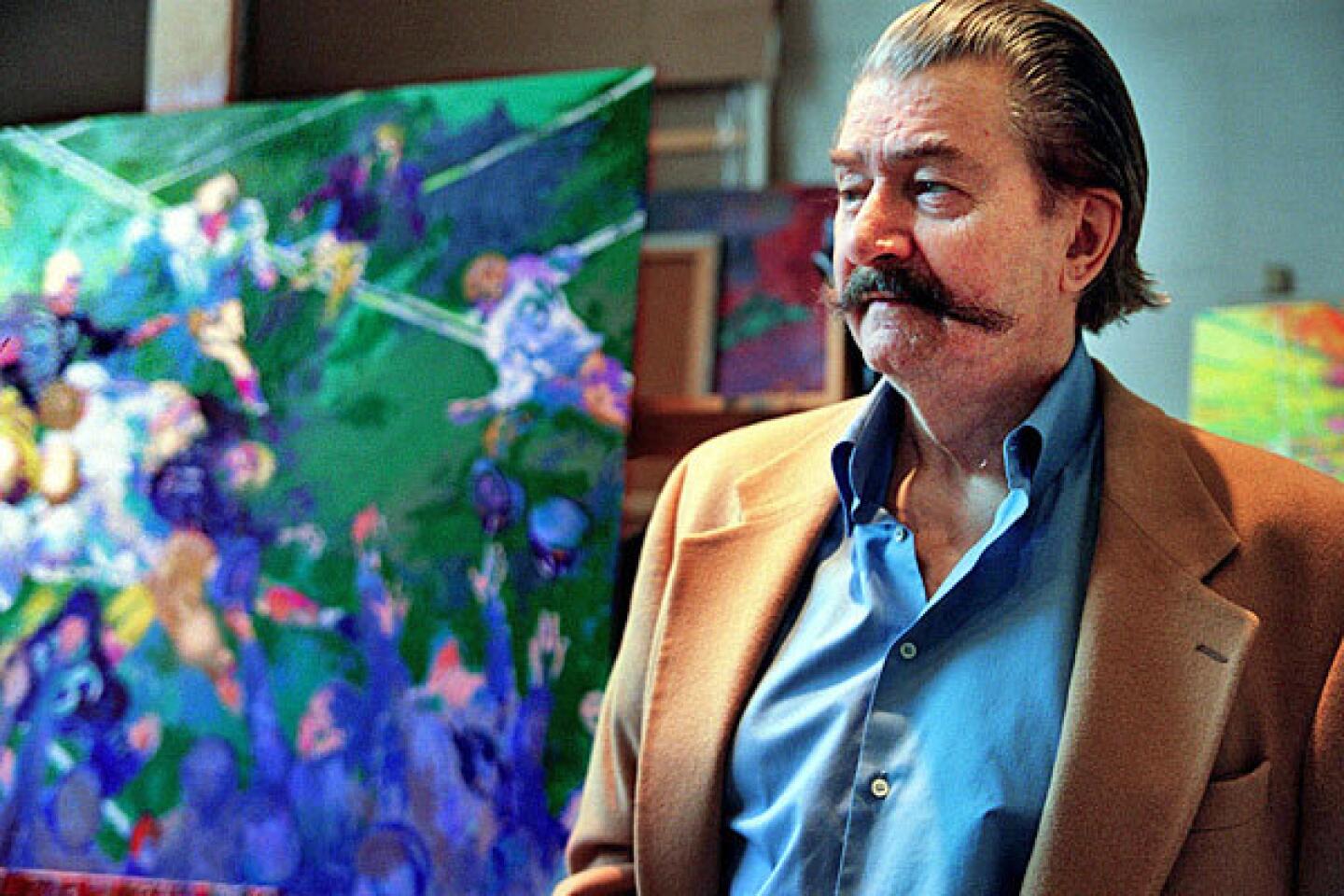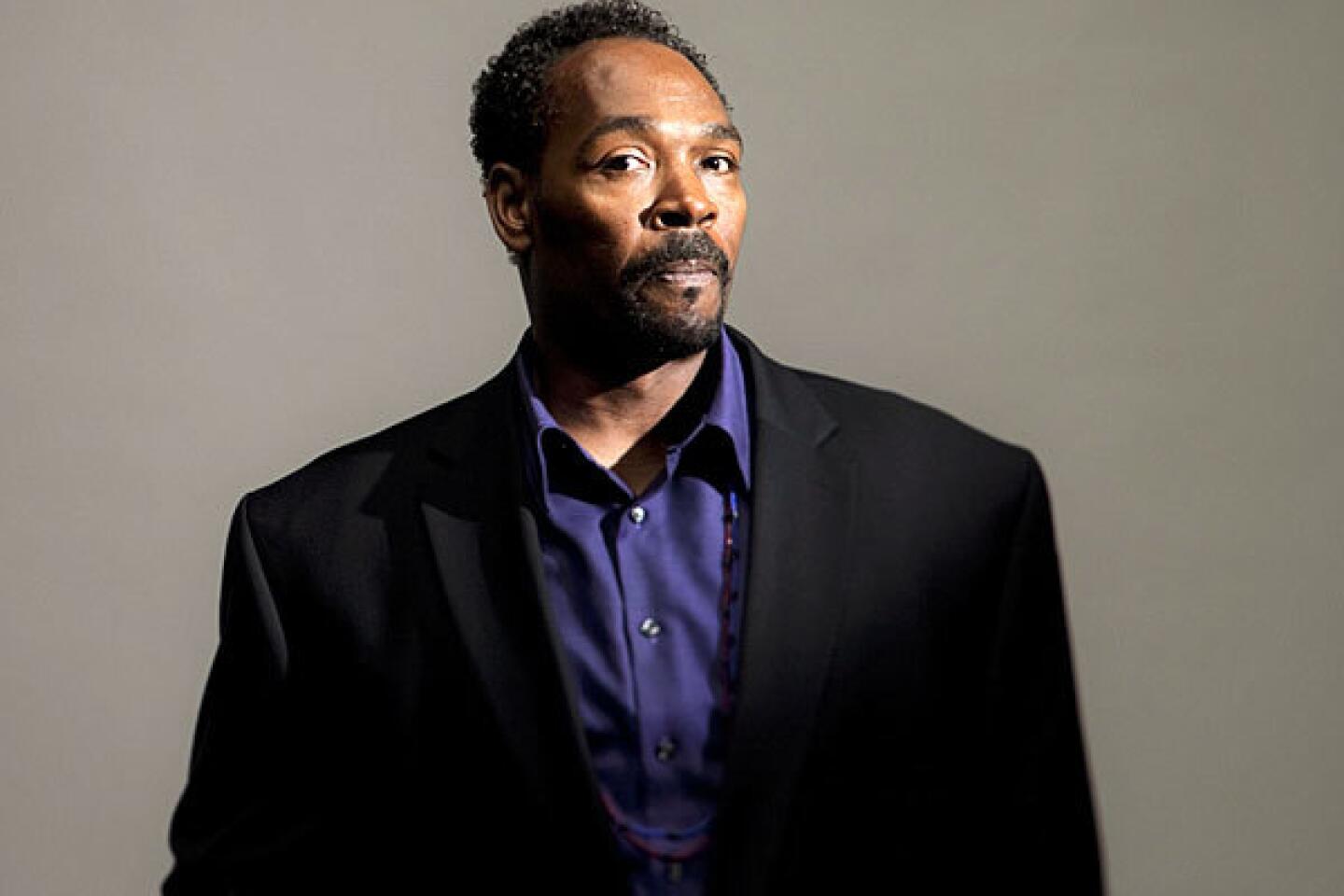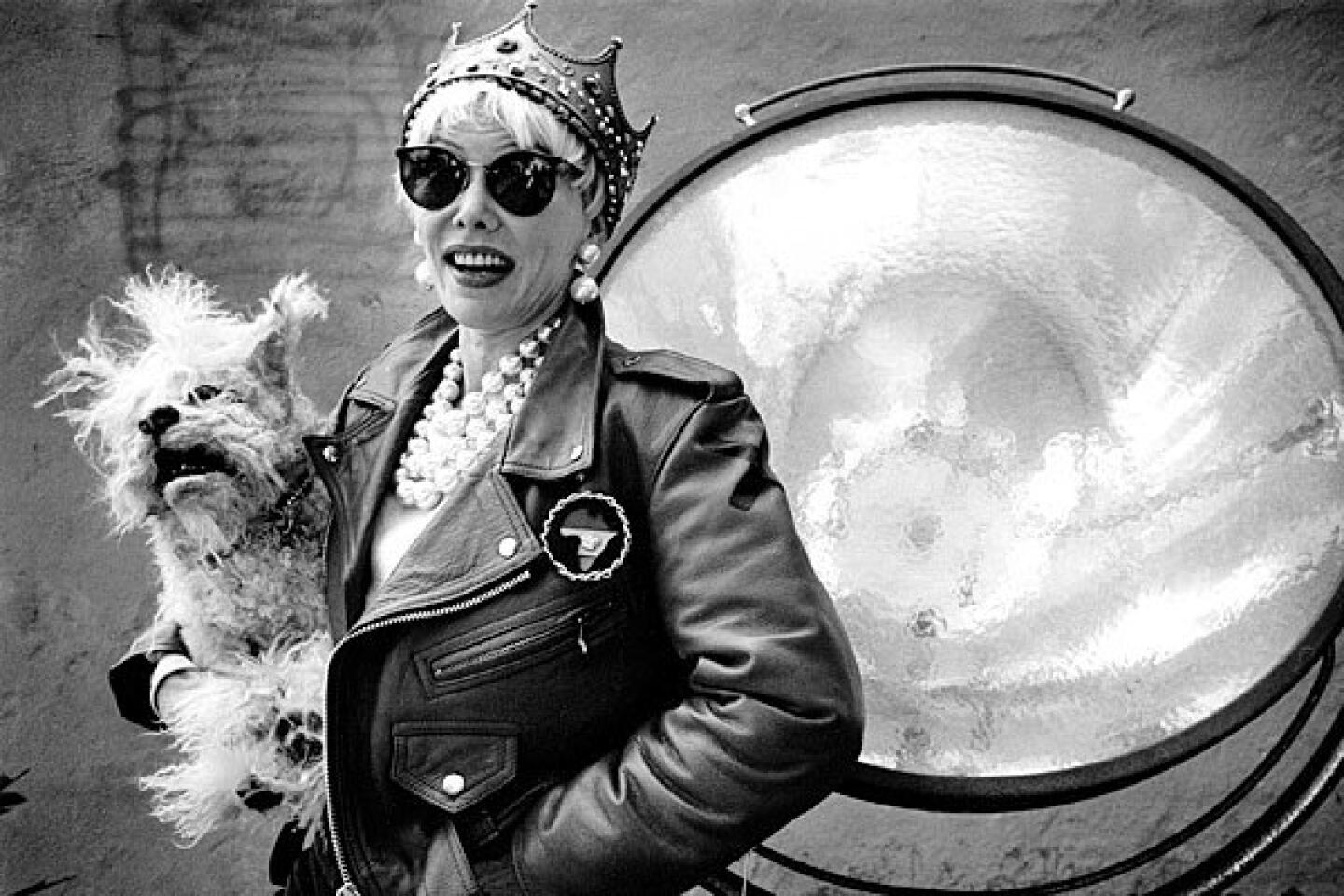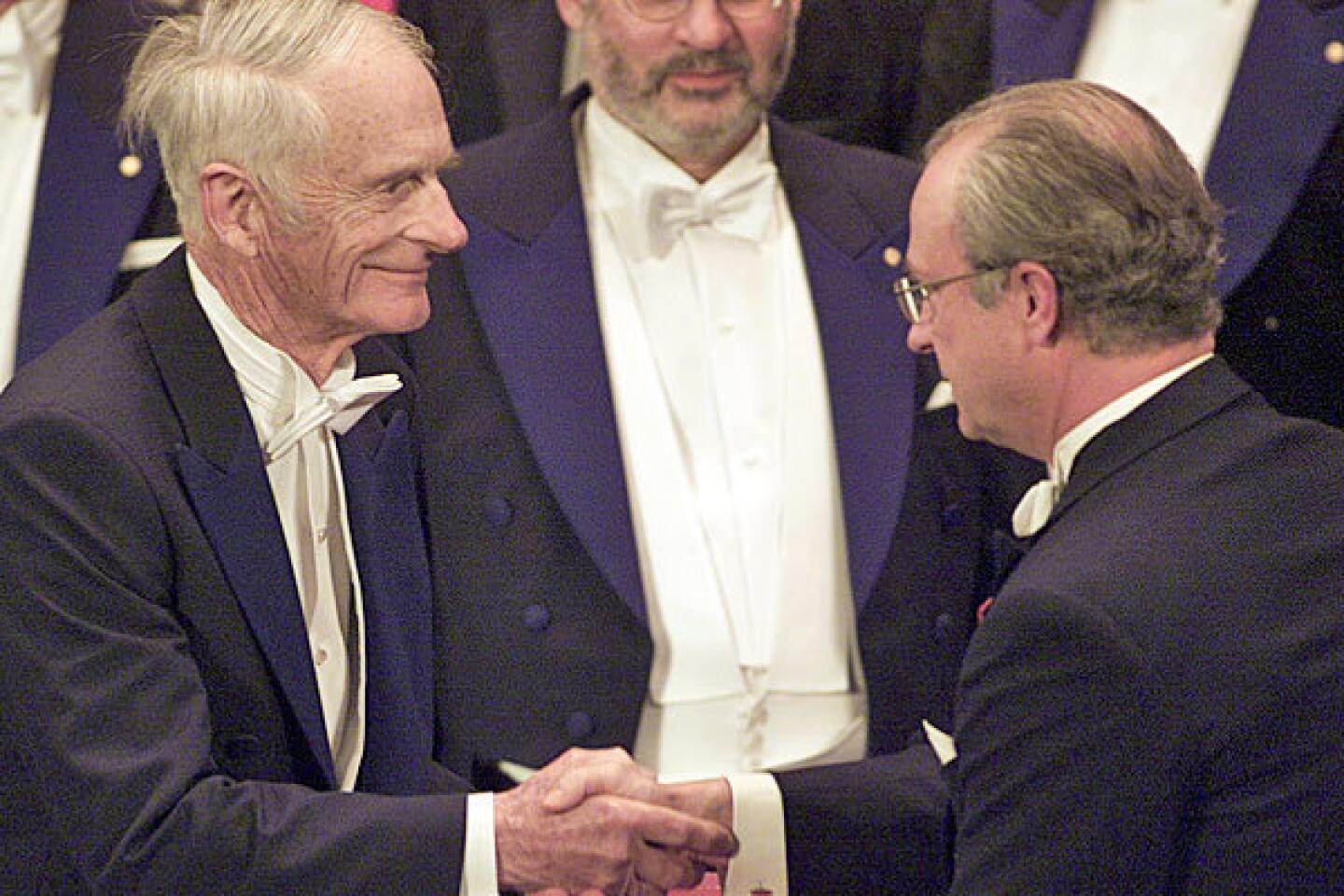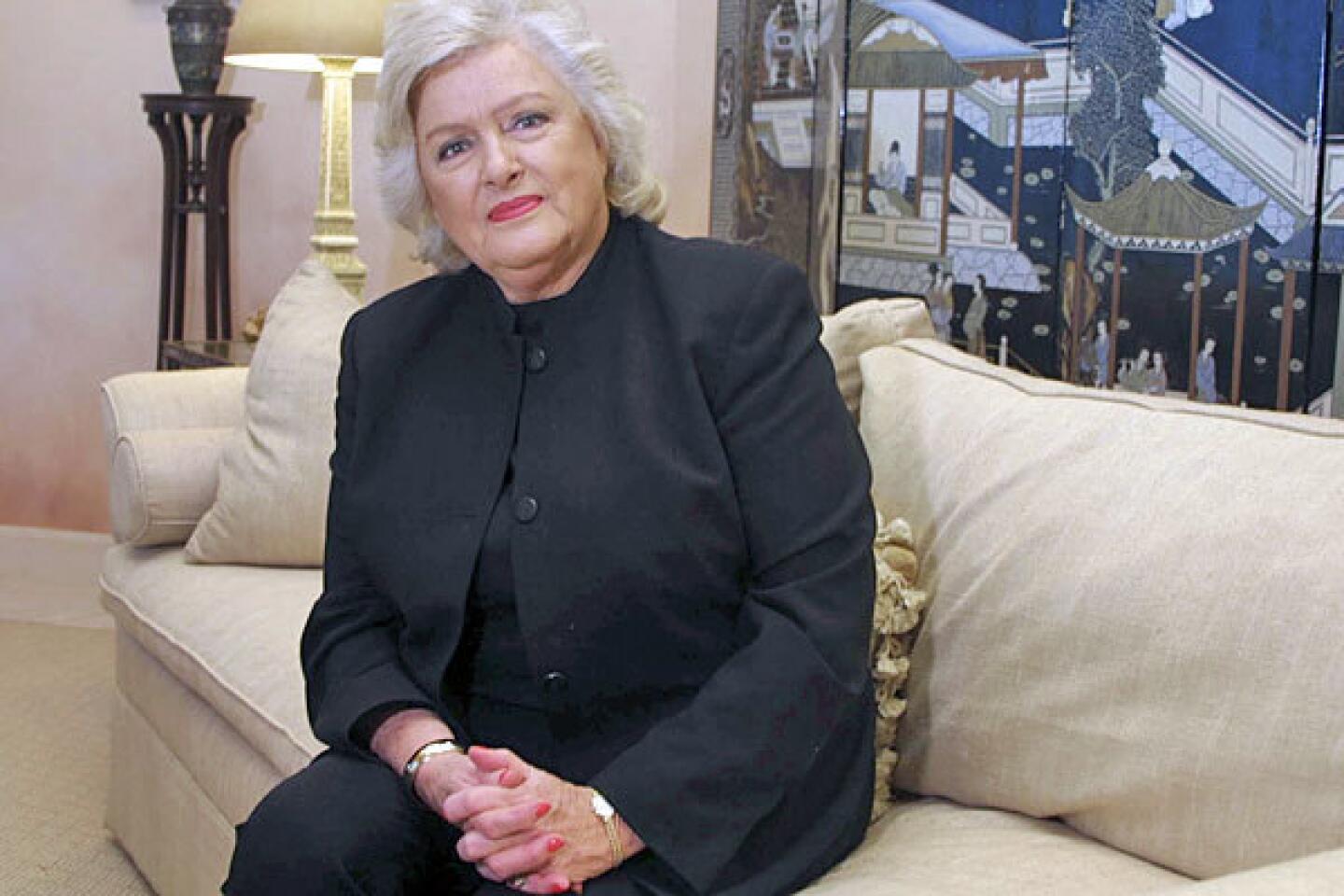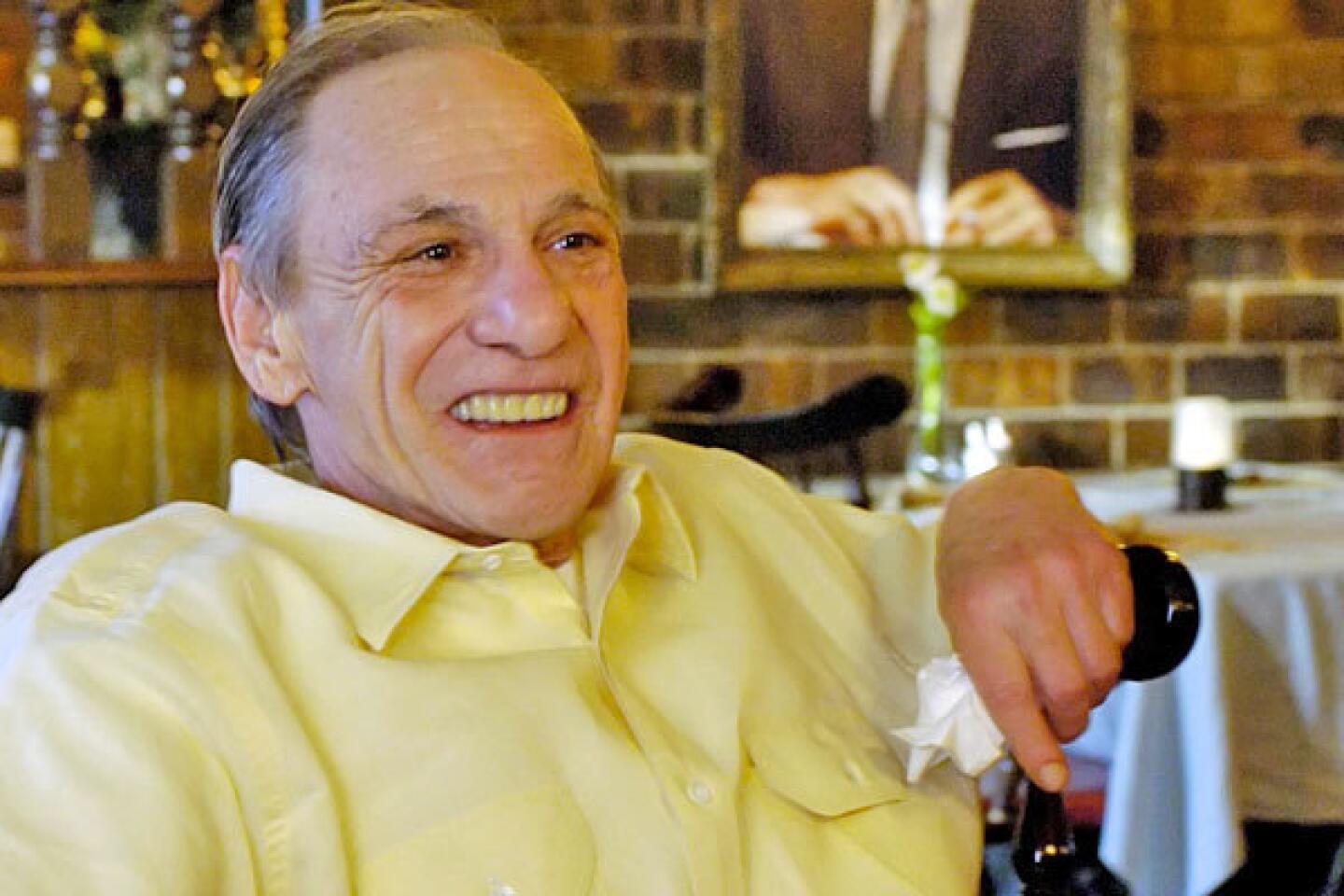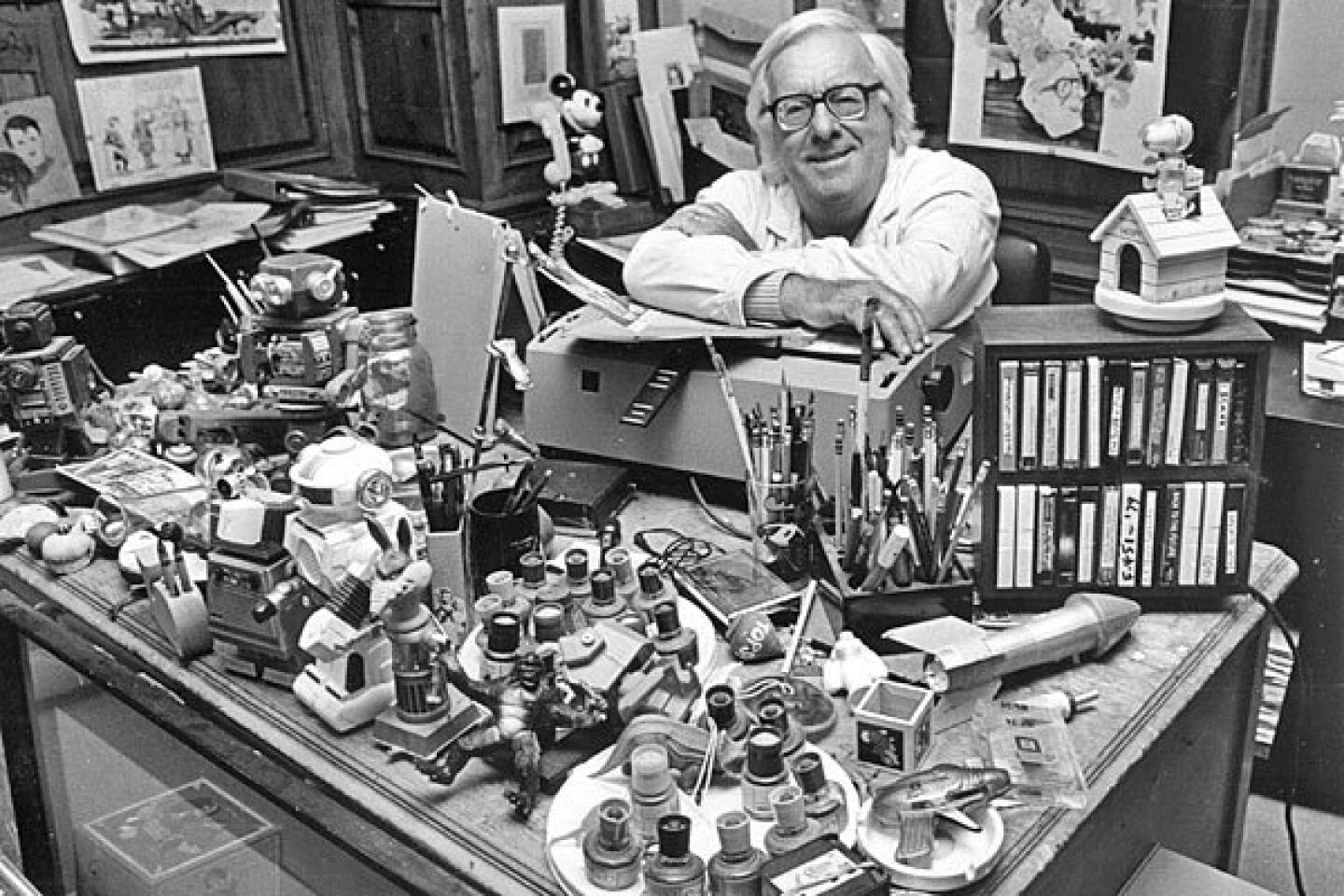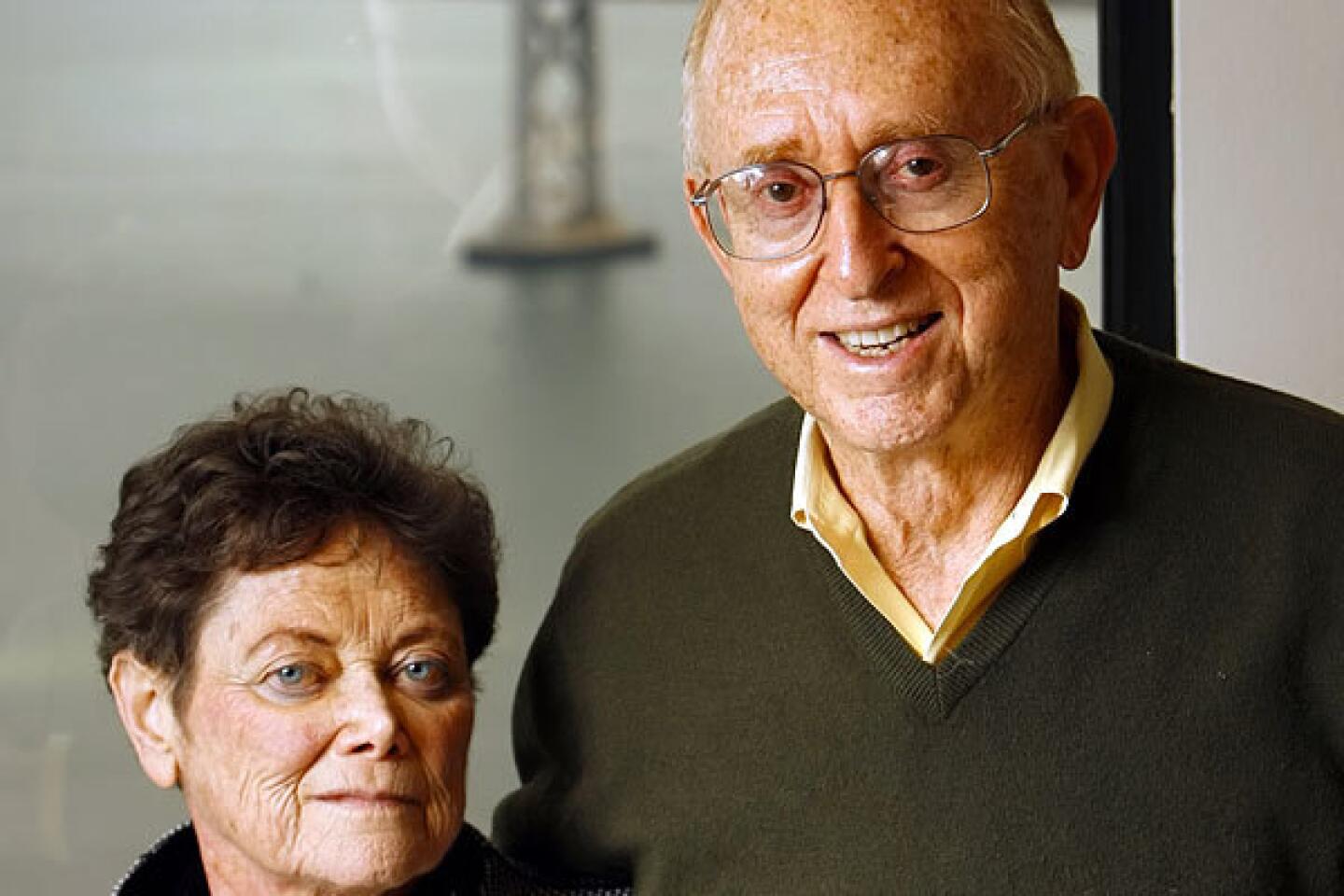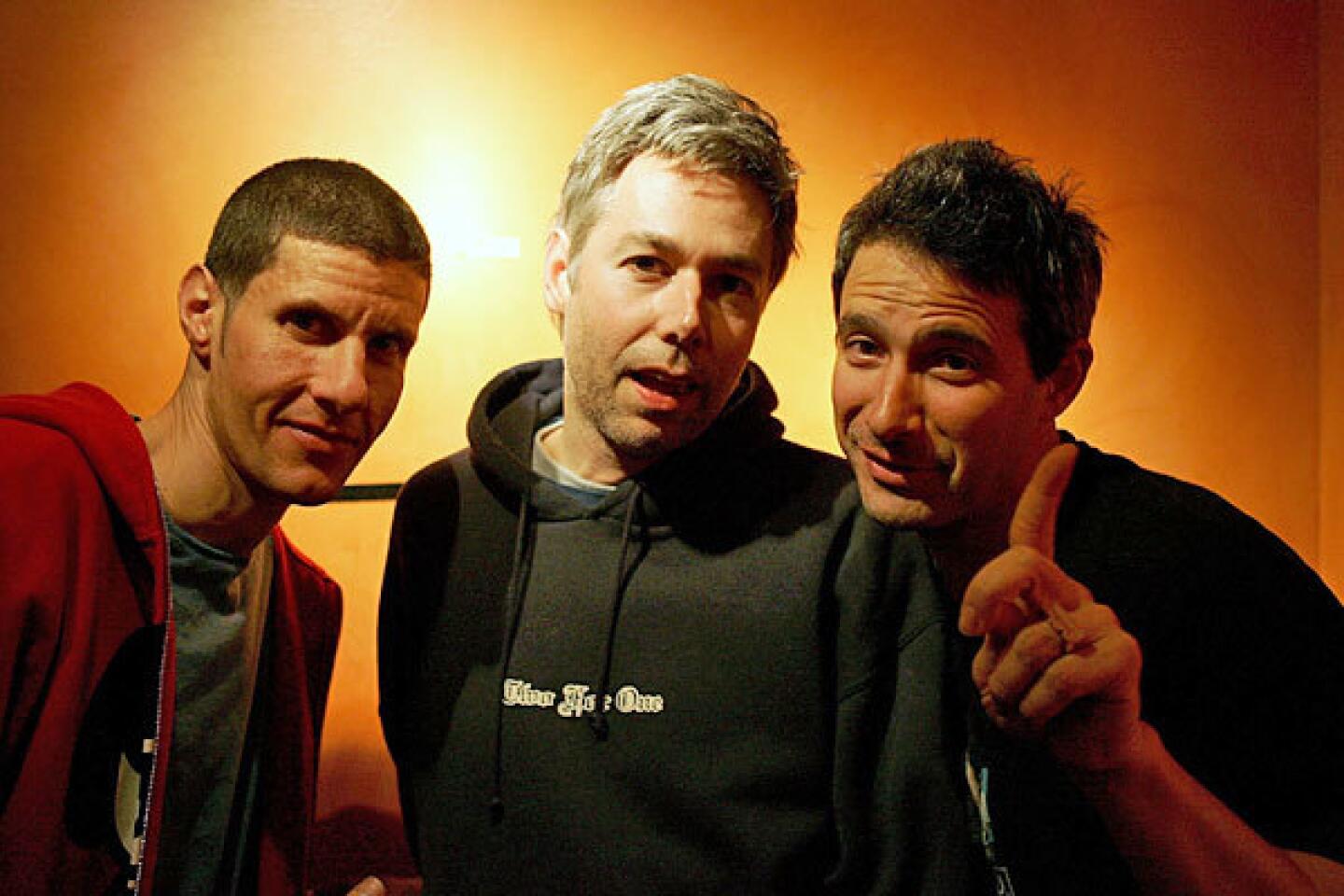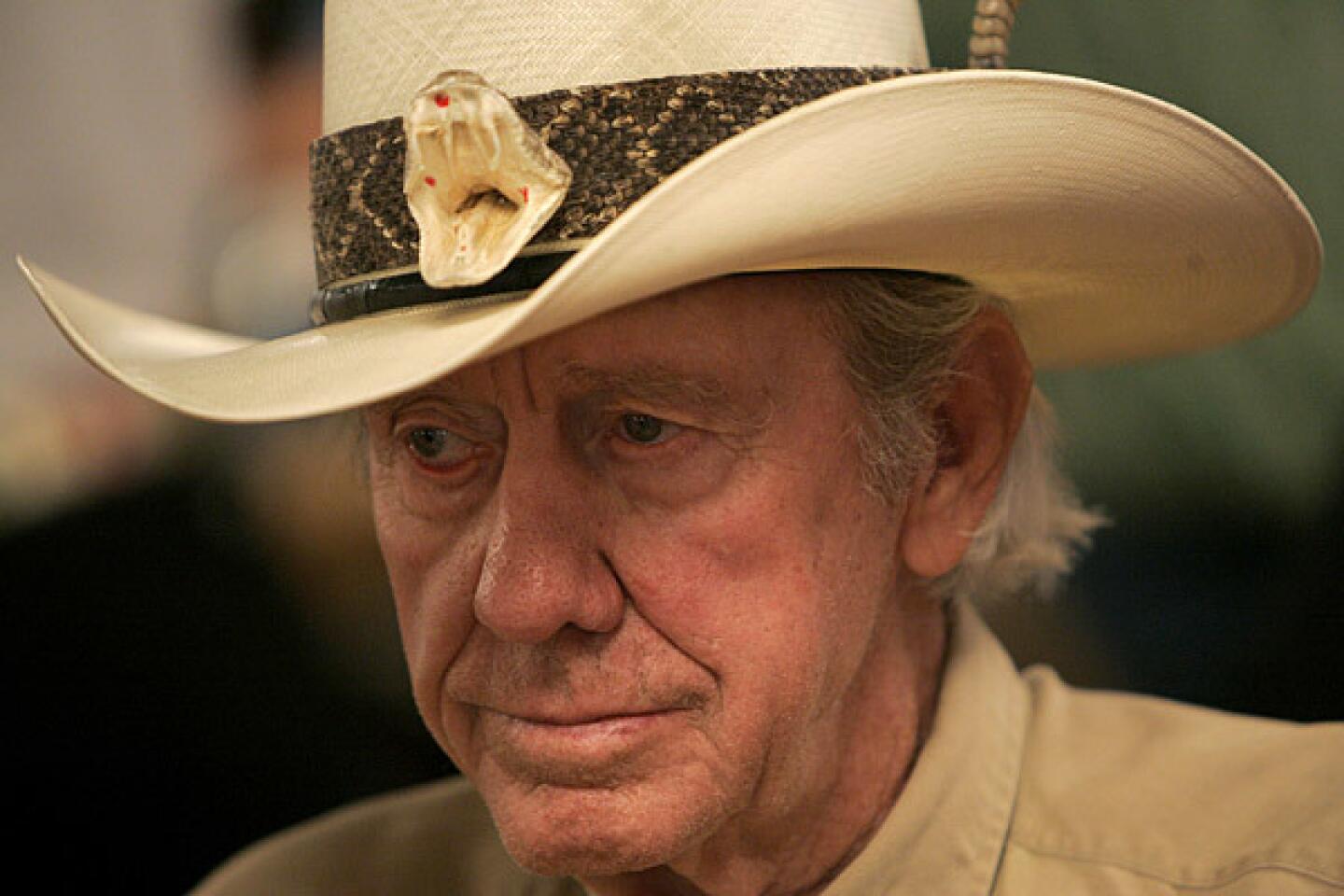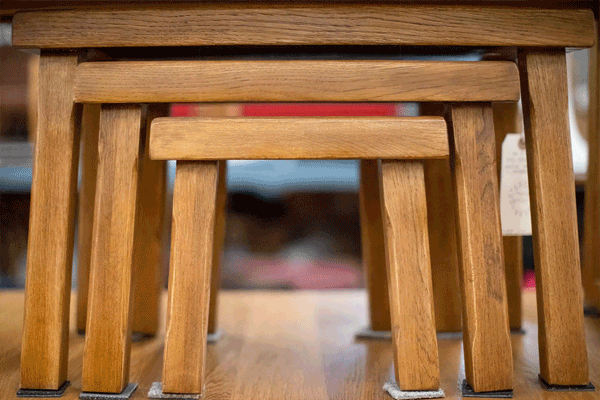Suzy Gershman dies at 64; breezy ‘Born to Shop’ series author
In the mid-1980s Suzy Gershman was having lunch in Beverly Hills with three friends — all ladies who loved to shop — when she hatched the idea: She would write a shopping guide that would make her readers “feel as if we’ve met for lunch and I’m giving them tips for their trip.”
The result of her brainstorm was the first “Born to Shop” travel guide, published in 1986. Over the next three decades she turned out 15 more books loaded with carefully honed recommendations about the best places to buy almost anything — designer clothes, soap, garden torches, art supplies, homemade focaccia, antiques — in tourist destinations from New York to Shanghai. More than 4 million copies in half a dozen languages have been sold.
A self-described “global shopping goddess,” Gershman died July 25 in San Antonio, a year after being diagnosed with brain cancer, said her son, Aaron Gershman. She was 64.
True to her original concept, Gershman conveyed her tips in a breezy but authoritative tone. She described Sabbia Rosa, a lingerie shop in Paris, as “the kind of store where a man takes his mistress.” To emulate the Los Angeles look of laid-back chic, she advised that one need only “have enough money to shop at Fred Segal,” the Melrose Avenue emporium, adding “Okay, big boobs help, too.”
But Gershman was not primarily interested in high-end shopping. She loved a good bargain and enjoyed all kinds of kitsch, once noting, “If you don’t think that Minnie Mouse made into the Statue of Liberty and selling for under $10 isn’t genius, then you are Goofy.”
What set her apart from other travel guide authors was “an unmistakable voice — funny, risque, brutally honest,” said Kelly Regan, editorial director of Frommer’s, the travel book company that has published the last dozen of Gershman’s guides, including “Suzy Gershman’s Where to Buy the Best of Everything” (2008). “She didn’t mince words, and that made her advice trustworthy.”
Gershman especially relished discovering stores far off familiar paths. “She liked to find the unique shops in the area, not the Louis Vuittons, the stores you can find in any big city,” said her collaborator, Bay Area writer Sarah Lahey. “She liked to explore the local neighborhoods and residential areas.”
One of the finds Gershman touted was Forgotten Shanghai, a shop selling contemporary and antique Chinese furnishings on an easy-to-overlook stretch of Kansas Street in San Francisco. It “is not only the store of your dreams,” she wrote in the San Francisco guidebook, “but one you would never have found without me.”
Gershman’s personal style was as distinctive as her attitude. She kept her hair a vibrant red. She combined layers of flea market clothes with Chanel bags and Hermes bracelets and “always looked like a million bucks,” Lahey said.
She once customized plastic Minnie Mouse headbands with elegant fabric flowers for herself and a People magazine colleague, Cathy Nolan, to wear at the opening of Paris Disneyland, in 1992.
“All the other press wanted our picture — we were pursued by paparazzi and TV cameras,” Nolan recalled in a remembrance for the online magazine Bonjour Paris.
Born in Syracuse, N.Y., on April 13, 1948, Gershman was one of three children of Gloria and S.S. Kalter. Her father was a virologist for the Centers for Disease Control and Prevention and the World Health Organization and took Suzy and the rest of the family on his frequent travels.
She studied Russian history and language at the University of Texas at Austin, graduating in 1969. The following year she moved to New York, where she worked in advertising and public relations before beginning her career as a journalist. In 1975 she married Michael Gershman, a writer and publicist, and moved to Los Angeles, where she worked for Time and People.
They were married for 25 years, until his death in 2000. In addition to son Aaron, she is survived by her brother, Dr. Steven Kalter; her stepmother, Yvette Kalter; three step-siblings and a granddaughter.
After her husband’s death, Gershman fulfilled a dream they had shared by moving to Paris. She wrote a memoir about her first year of widowhood, “C’est la Vie” (2004).
Gershman’s years prowling posh boutiques and seamy bazaars led her to a few hard-and-fast rules. One was buy less but buy quality. Another was never shop when you’re lonely or blue, have PMS or with a group of friends whose opinions might derail you. And, of course, don’t shop when your funds are low.
Her most important tenet was inspired by conditions she observed in the Russian capital as a journalist years ago, when scarcity meant if a shopper changed his mind about buying something, there were no second chances. She called it the Moscow rule. “If you see it and you want it,” she said, “buy it.”
More to Read
Start your day right
Sign up for Essential California for the L.A. Times biggest news, features and recommendations in your inbox six days a week.
You may occasionally receive promotional content from the Los Angeles Times.


